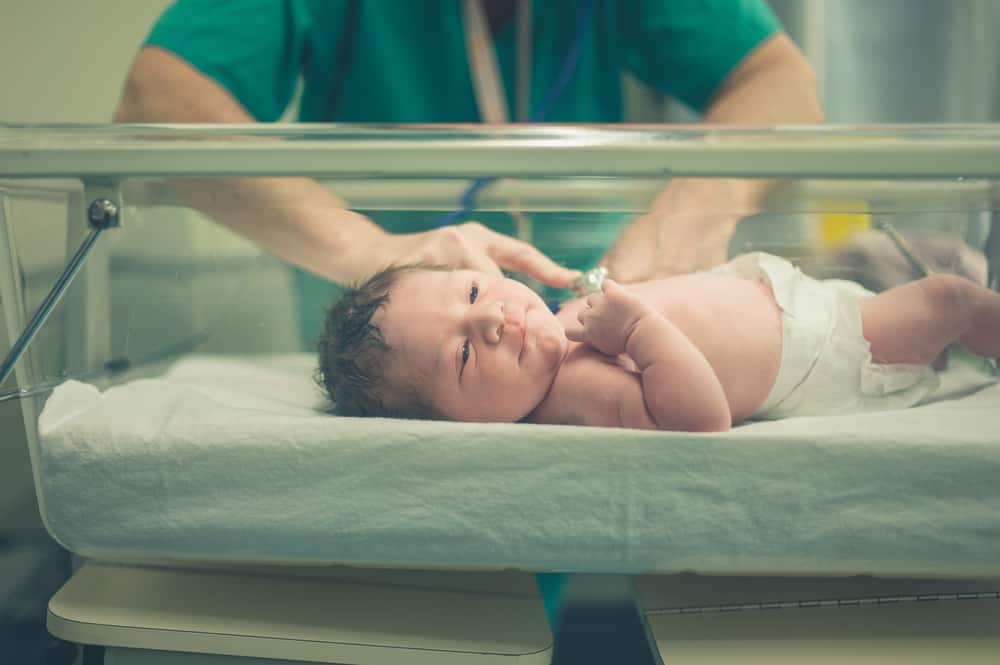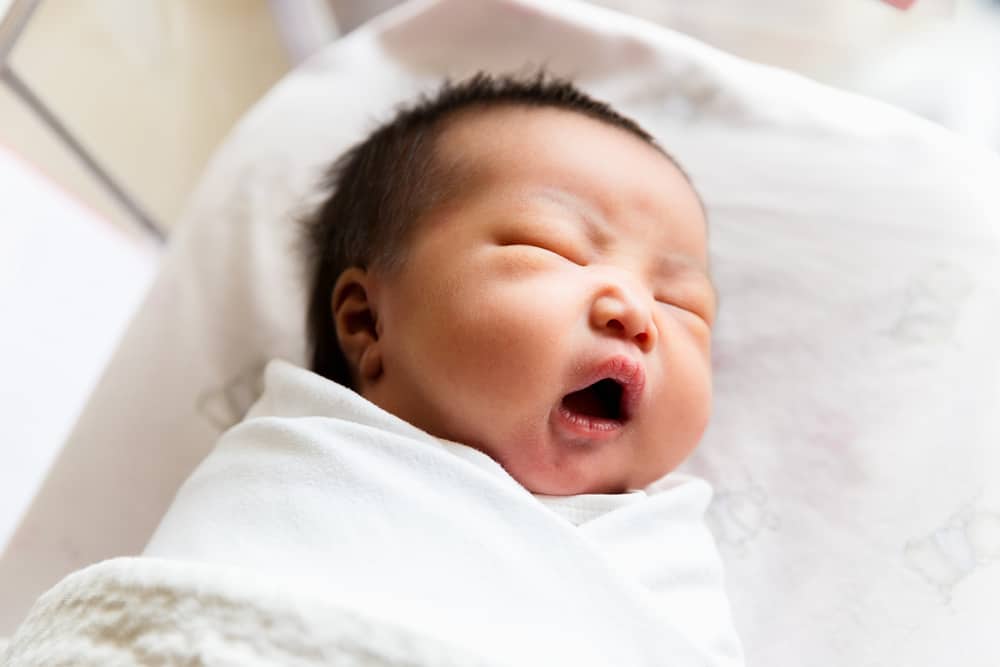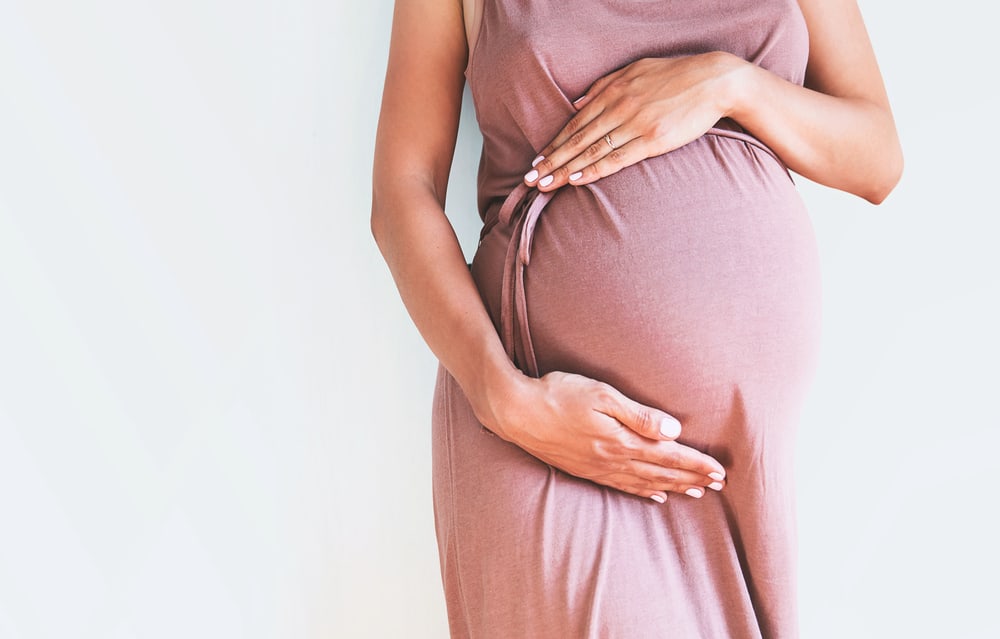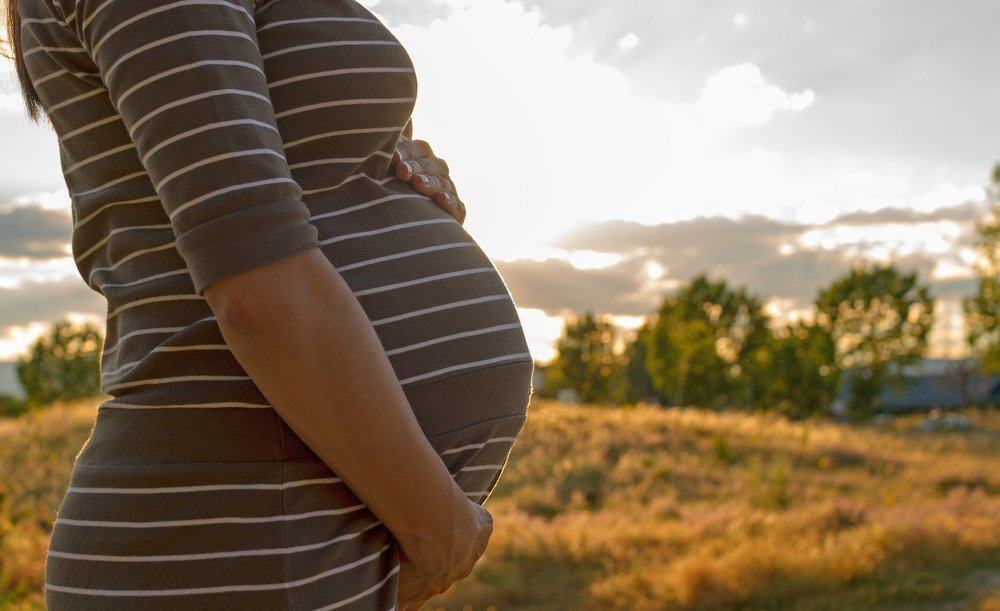Contents:
- Medical Video: What Is Spina Bifida? (2 of 12)
- What is spina bifida? Is it dangerous if the baby experiences this?
- 1. Spina bifida okulta
- 2. Meningokel
- 3. Mielomeningokel
- What are the causes of spina bifida?
- What happens to babies if they experience spina bifida?
- How to treat spina bifida?
- Can spina bifida be prevented?
- 1. Take folic acid supplements
- 2. Consumption of foods that are rich in nutrients
- 3. Check your doctor often during pregnancy
Medical Video: What Is Spina Bifida? (2 of 12)
Spina bifida is a health condition that can be experienced by babies from birth. Many parents do not know that this disorder occurs when the fetus grows in the womb. So, what is spina bifida? What is the cause? Can it be prevented?
What is spina bifida? Is it dangerous if the baby experiences this?
Spina bifida is a condition of a baby with a birth defect characterized by a gap in the spine. This condition occurs when the development of the fetus at the age of 3-4 weeks of gestational age is impaired. So, after one month of conception, a healthy fetus (embryo) will initially form a neural tube that will develop into the spine.
However, in a fetus that experiences spina bifida, this neural tube does not develop and close properly, causing the spine to not be fully formed. The presence of a gap in the spine makes the spinal cord not well protected. This condition will cause nerve problems and disorders when the baby is born and grows up.
The severity of this birth defect disorder depends on several things such as:
- Size and location of the gaps in the spine
- The type of spina bifida experienced by the fetus
- Does it affect the spinal cord's nervous system or not
This condition is also divided into 3 types, namely:
1. Spina bifida okulta
The mildest type of spina bifida, because there is no physical difference in the spine. Usually the gap that occurs in this type is small enough so that it is not visible on the skin surface. In addition, nerve function is also not disturbed and children can grow normally and rarely cause children to become disabled.
In some cases, this health disorder is only known when the child has grown up even grown up and can only be diagnosed if the child has a certain health check.
2. Meningokel
Gaps in the spine when the fetus has meningocele, are certainly larger than occult spina bifida, usually until it is visible on the surface of the skin. In this condition, the protective membrane of the spinal cord (meninges) is pushed out through a gap in the spine, so that it will look like there is a small lump.
Infants with meningocele usually have a normal nervous system and function, so this can be overcome by surgery which may cause a little nerve damage or not even damage at all. Even so, cases of meningocele are rare.
3. Mielomeningokel
This condition is known as open spina bifida which has a fairly severe form and has the most serious impact. In this condition, the nerve tube lining in the embryo cannot be closed along the spine, causing a sac containing the spinal cord to form.
These sacs will protrude above the surface of the skin and cause nerve tissue to become susceptible to infection - even though it has been coated with the skin. Therefore, babies who experience this condition will usually experience nerve function disorders such as paralysis.
What are the causes of spina bifida?
Unfortunately, the exact cause of this health problem is not yet known. But experts say that there are several risk factors that might make a baby born with spina bifida, namely:
- Lack of folic acid intake. There have been many studies that prove that mothers who do not consume enough folic acid during pregnancy are at risk of having children with spina bifida.
- Nutrition during pregnancy. Not only folic acid, pregnancy nutrition that is not fulfilled, such as iron, magnesium, and vitamin B3, causes the fetus to experience this condition.
- Genetic and family history. If one baby is born with spina bifida, then there is a 4 percent chance this will occur in the next pregnancy.
- Diabetes. Women with diabetes have a higher risk of giving birth to babies with this condition.
- Drugs such as valproate which is used to treat epilepsy has the opportunity to make a mother give birth to a baby with spina bifida.
What happens to babies if they experience spina bifida?
This condition of birth defects will disrupt growth and cause other health problems in the baby. Babies will experience:
- Feet become weak even paralyzed
- Urine incontinence (can't hold urine)
- Digestive incontinence
- Cannot feel sensations or stimuli on the skin
- At risk of experiencing hydrocephalus, which can be harmful to the health of the baby
- The shape of the spine is not normal, the baby can grow with scoliosis
Usually such conditions are experienced in infants with myelomeningocele.
How to treat spina bifida?
When spina bifida causes various other health problems, the doctor will provide treatment and treatment based on the impact. If possible, babies with spina bifida will be operated on to repair their spine. This can be done two days after birth. This operation is done to close the gap in the spine.
Meanwhile, if this disability is known during pregnancy, surgery can be done before the baby is born, usually when the age of 19-25 weeks of pregnancy. However, this depends on the condition of each fetus.
Can spina bifida be prevented?
Spina bifida is not known exactly what causes it, so it is rather difficult to prevent this from happening. However, you can reduce the risk of this birth defect by:
1. Take folic acid supplements
In the expert stated that folic acid needed during pregnancy is around 400 mg. So, you should consume special supplements of folic acid.
2. Consumption of foods that are rich in nutrients
Not only folic acid, make sure that you also eat foods that contain lots of vitamins and minerals. This will make you avoid complications during pregnancy
3. Check your doctor often during pregnancy
Make sure you always check your contents regularly to the nearest health service. If indeed you experience a complaint, you should immediately consult a doctor.














